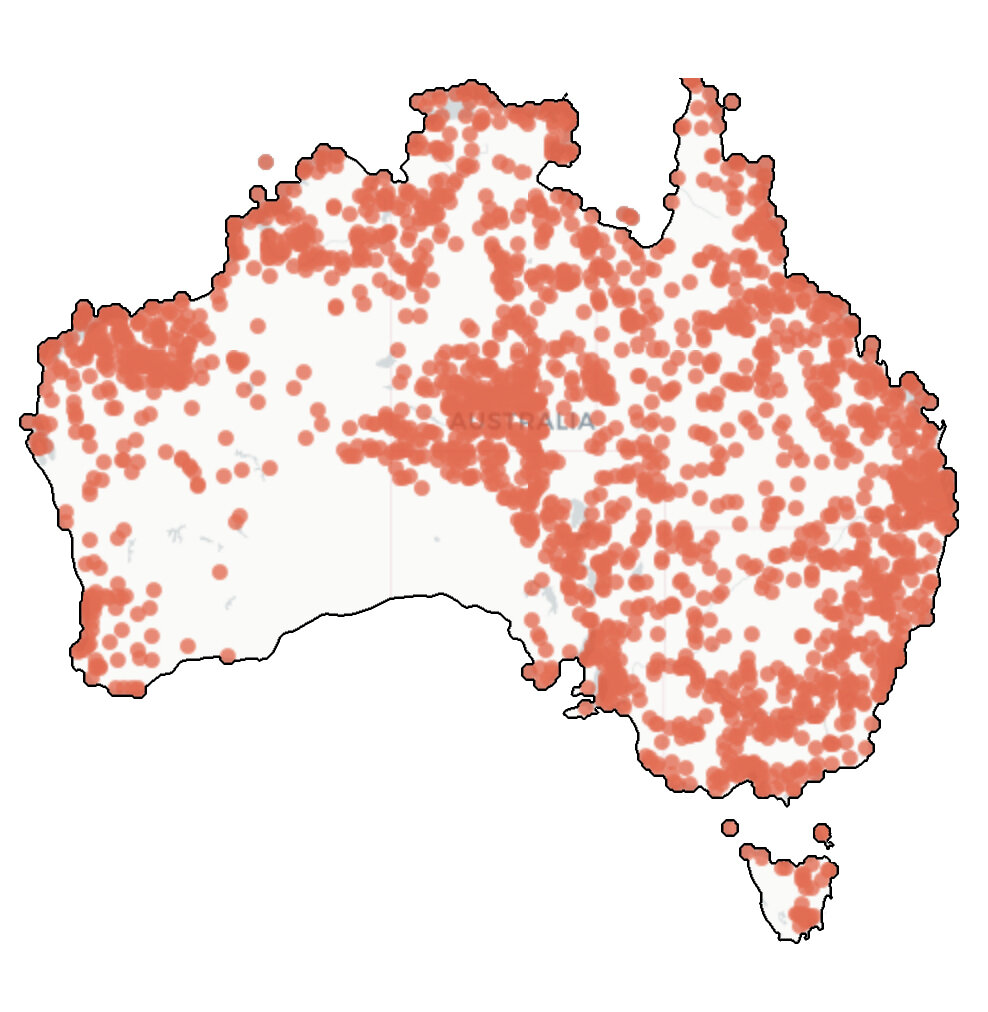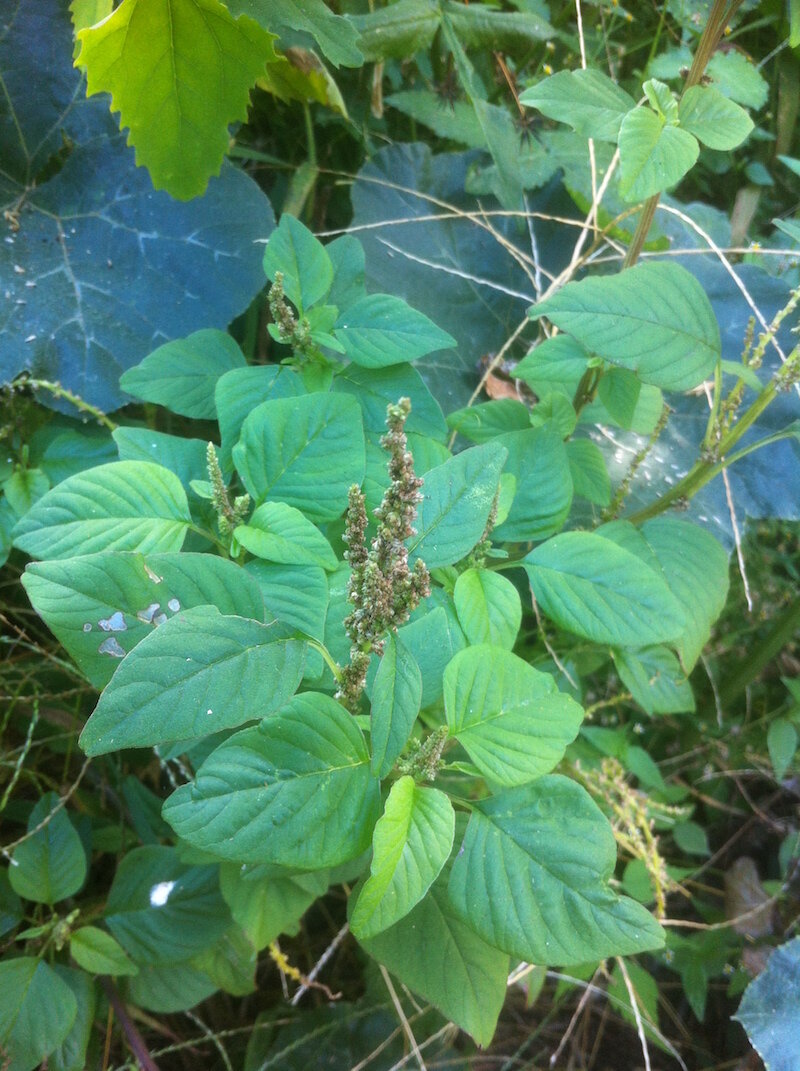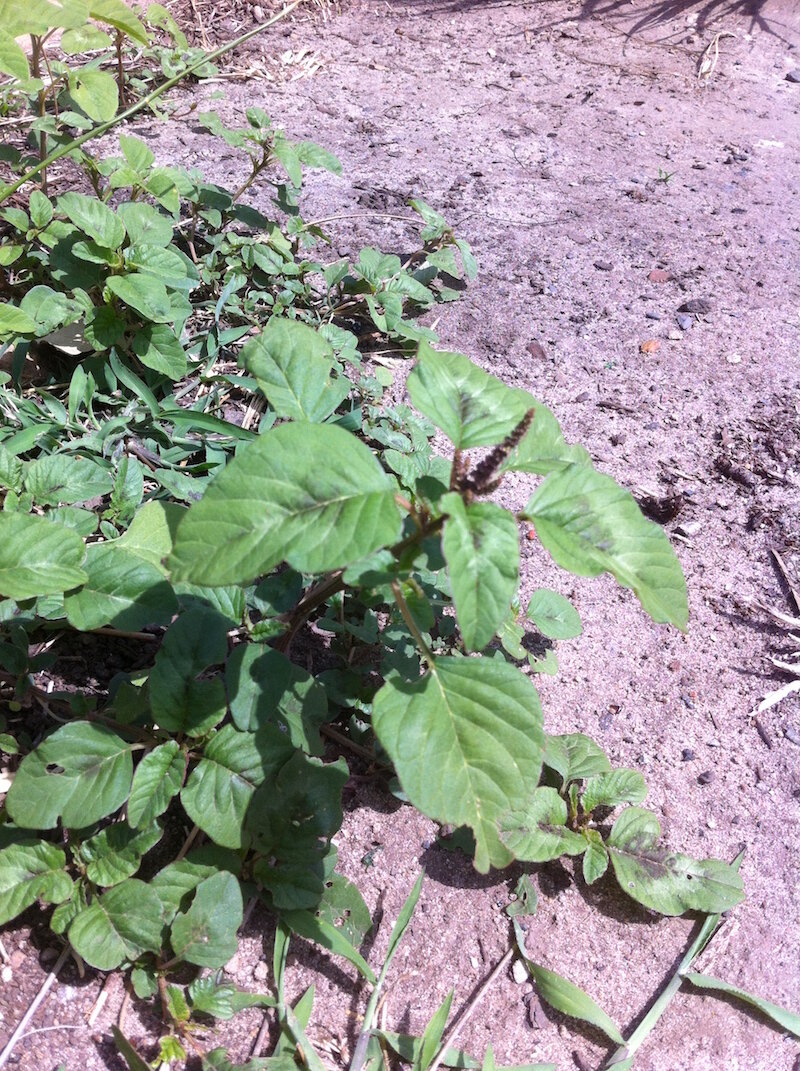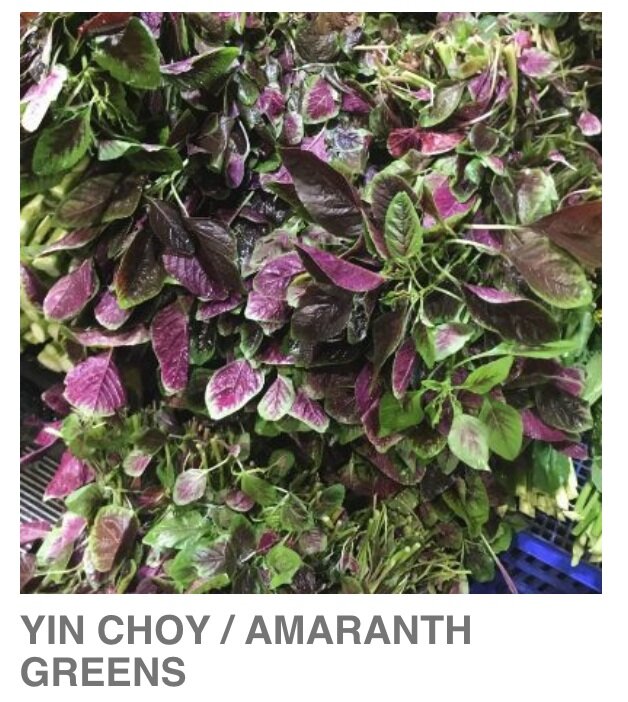Get ready for amaranth: the summer green
Summer is coming in Australia, and that means summer greens, like amaranth. The common weed is easily recognised once it comes to flower and seed, for its peculiar nodding seed head, so have a read below for some basic knowledge about this nutrition powerhouse that is about to invade your yard.
Amaranth is an ancient grain, one of the first domesticated wild plants in Southern America cultivated from at least 8,000 years. The highly nutritious value of the plant was recognised in ceremonies by the mighty Aztec civilization, mirrored today by the superfood label. There are about 70 species of amaranth worldwide, all edible and many of them have now become successful colonisers, making it a reliable source of wild food in many cultures. Many of the species turn into tumbleweeds when dead, helping the spread of the seeds.
How to identify amaranth
Amaranth is an erect branched herb that grows from seeds each year. The diamond-shaped leaves have long stalks (petiole) and vary from the bright emerald of Green amaranth to the three colours of Tricolour amaranth: green, yellow and red. It forms a flowering spike in the intersection of the leaves at the top of the plant, the uppermost cluster of flowers and seeds being the biggest. It is often heavy with seeds giving it a ‘nodding ‘ look resembling a thick cat tail. The flowers are tiny and the seeds are small and brown or black. It can be hairy but not spikey.
The most common weedy Amaranths in South East Australia are Green Amaranth ( A. viridis), White amaranth ( A. allbus) and the native A. Mitchellii, A. Powellii and A. interruptus. All of them are edible.
How to eat amaranth
Amaranth is a celebrated food all over the world. Many cultures both cultivate and wild harvest leaves and grains of the amaranth species, including indigenous Australian with their native species.
Amaranth is mostly renown for its seeds that, although very small, about 1mm in diameter, are easy to harvest and very nutritious. The seed can be cooked whole but is advised to either crash then first or heat them in a pan in order to break the skin so to facilitate digestion.
The leaves are harvested green and cooked like spinach, in pies, curries and soups. The leafy stems and flower clusters are similarly used.
Folk appreciation from around the world include South India, where it is known as “Kuppacheera” and used in vegetable dishes, Greece, where is known as vlita and boiled and served with olive oil and lemon, in China is known as Yin Choi and often stir-fried.
Reference
SBS> Amaranth, superfood or high GI seeds?
Purewow> What is Amaranth?
WIkipedia > Amaranth
Australian LIving Atlas > Australian distribution
Disclaimer: This information should be used as a guide only. It is not my intention to advise anyone on medical conditions, rather I'm just presenting a new way to look at the plants growing in your yard.
Let me help: if you are unsure about the identification of your plants tag me in a picture or comment below, and I’ll endeavour to help.
If you would like a book detailing 16 of the most common edible weeds in your garden with big colourful images, look here> only $15 plus postage or $8 for the eBook>
This article was also featured on PIP Magazine. Check out the amazing publication filled with excellent how-to tips on sustainability, self-reliance, permaculture and happy lives>> www.pipmagazine.com.au”
This article is an extract form the upcoming publication Eat Weeds, due to be released by Thames&Hudson Australia in early 2022.
The publication has been supported by the City of Sydney via its Creative Fellowship Fund.






